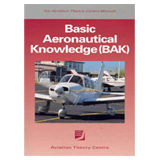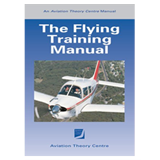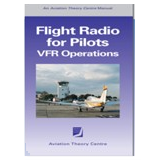[wp_eMember_compact_login]
Stalls
Welcome to Stalls, the final lesson you need to undertake before beginning circuit training!
Stalling entry and recovery is an important part of your training, as the ability to recognise and recover from an inadvertent stall will increase your confidence whilst flying.
There is a bit of a stigma attached to stalling an aircraft that is completely unfounded. After your Instructor demonstrates a stall, you’ll probably be completely underwhelmed by the experience, as it’s often a manoeuvre as gentle as levelling off from a climb.
During your Brief, you’ll learn the following and more:
- Introduction to the aerodynamics of a stall and the cause
- The factors affecting stall speed and aircraft recovery
- HASELL Checks, Stall entry and Stall recovery technique
Lesson Techniques
Stalling an aircraft simply means that there is insufficient air moving over the wing to generate enough lift to maintain level flight – The result being a small descent. Unlike a car stalling where the engine stops, our stall is aerodynamic and nothing to do with the engine.
For us pilots, recovery is as simple as this:
– lower the nose to S&L (straight & level) attitude
– apply full power
– opposite rudder to counter any wing drop
– level the wings
– reconfigure the aircraft (flaps up)
– climb back to initial height
Note that the first three steps are completed simultaneously.
During the lesson as your proficiency increases, your Instructor will introduce Stall entry and recovery with different aircraft configurations. The configuration of the aircraft plays a big role in the stall characteristics. The following is a list of the configurations you’ll learn to recover from:
– clean (no flap) config, power off during stall, power off during recovery
– clean config, power off during stall, power on during recovery
– flap extended, power off during stall, power on during recovery
– clean config, power on during stall, power on during recovery
– flap extended, power on during stall, power on during recovery
– climbing and turning stalls
Click video below to see tips on stall entry and recovery:
Resources
Readings
Before attending your Briefing and Lesson, you should have read the following:
- The Flying Training Manual – Chapter 9
- Basic Aeronautical Knowledge (BAK) – Chapter 6, Low speed Flight and Stalling section.
Additional general reading: continue Chapter 4 - Flight Radio for Pilots – Begin reading through



Useful Links & Files
Sample Radio Calls for RPL
Download 705.04 KBStall Technique
Download 327.09 KBInstructor’s Tips
- Commit the HASELL checks to memory, it will save you time whilst flying the lesson
- During stall recovery, simply releasing control backpressure will yield better results than positively pushing the controls forward.
- Don’t forget lookout and clearing turns between Stalls
Questions
This section gives you an opportunity to search for information, which is a skill that will come in handy during your training. Use resources such as your text books or the Internet to answer the following questions.
- What is the stall speed in level flight for your aircraft?
- Does the stall speed in level flight change if the flap is extended?
- What is the ‘standard stall recovery’ technique?
- Where is the pitot tube located on your aircraft? What does it do?
- Does your aircraft have a stall warning horn? Where is it located?
- Which radio frequency is used in the Redcliffe Aerodrome circuit?
- Which radio frequency is used in the Eastern training area?
Learning Objectives
By the end of this Briefing and Flight, you will be expected to be able to:
- enter and recover from a stall in various configurations
- recall the HASELL check
- recall the stall speed in both the clean and flap-extended configurations for your aircraft
- perform the start, before-takeoff and shutdown procedures with minimal assistance from your Instructor
